Today’s economy is strife with soaring costs, and every business feels the impact. Look no further than development-stage life science companies to illustrate the steps required to survive in the face of increased costs and tax laws designed to limit the deductibility of research & development (R&D) costs (see here: 2022 Changes to The Tax Treatment of Research and Development Costs). Recently, it has become an established norm for development-stage life science companies to collaborate or partner to ease the economic burden of increasing costs in the pursuit of developing or commercializing new drugs, medical devices, or other technologies.
Collaborations take many forms, but the common structure seen is between a development-stage life science company and a mature life science company whereby the development-stage company licenses or sells intellectual property in exchange for one or more of the following types of payments: non-refundable upfront fees, milestone payments, and/or royalties.
Inclusive of the payment terms, the other collaborative contractual terms must be settled in a manner that makes sense from both a legal and tax perspective. It is possible that the underlying intention of the contractual terms is forfeited because the agreement runs afoul of the Internal Revenue Service’s (IRS) definition of a partnership. If the IRS determines that an arrangement is a partnership for tax purposes, unexpected consequences will inevitably arise, resulting in a massive departure from the intention and value of the collaboration. Generally, a factor-based test can be performed to determine if a partnership for tax purposes exists. These tests were borne out of court cases such as Luna v. Commissioner and Commissioner v. Culbertson.
WG observation: Engaging competent legal and tax professionals to proactively analyze this pitfall prior to the execution of an agreement will prove immensely valuable in the event the IRS challenges the merits of the collaboration.





